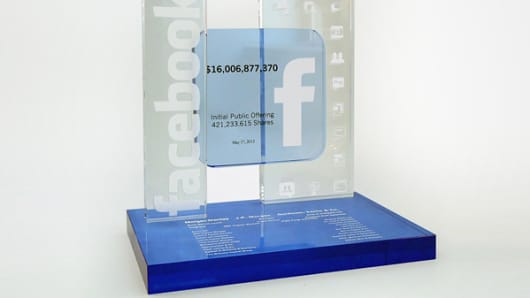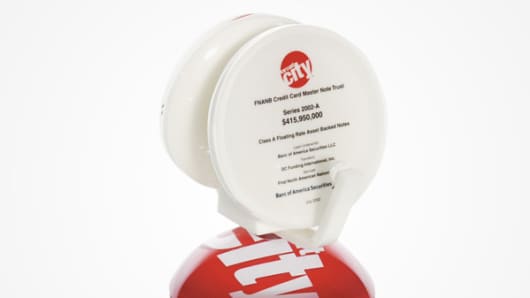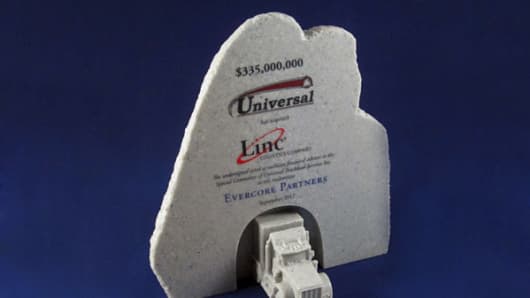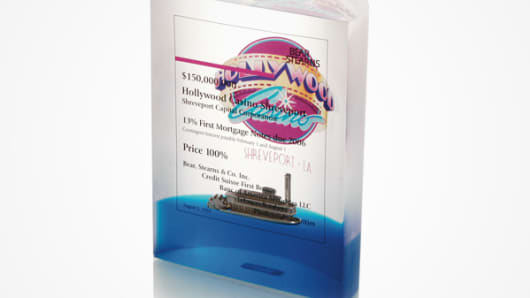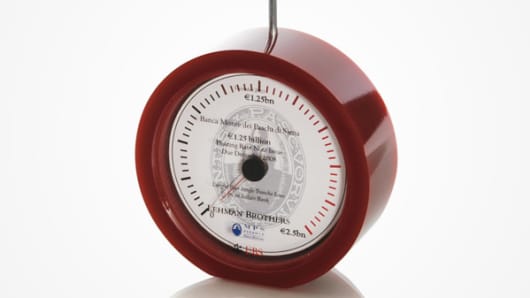The "deal toy" indicator has turned bullish on Wall Street.
Deal toys are small, relatively inexpensive and typically Lucite, trophies that serve as a way to commemorate a firm's noteworthy deals. A company may order 20 or more of them for the employees involved in the deal. As a result, they're a pretty good gauge of deal activity.
In Wall Street's heyday, before the financial crisis, companies ordered "toys" with abandon — not even worrying about how much they cost. During the financial crisis, the business dried up dramatically. And Wall Street remained rattled last year with the "fiscal cliff" at the end of 2012, when tax increases and spending cuts were set to kick in. Now, with that crisis averted, business is starting to roar back.
At GDN, a Manhattan-based deal-toy maker, orders doubled in the first two months of 2013 from the same period a year earlier, President and CEO Kim Russo said.
Once the fiscal cliff passed, "it was like somebody just turned the water on and the deals were pouring in," Russo said.
(Read more: As Confidence Returns, So Does Deal-Making)
GDN currently has orders for toys to commemorate six deals worth over a billion dollars each, ranging from $1.3 billion to more than $20 billion — large even by Wall Street standards.


